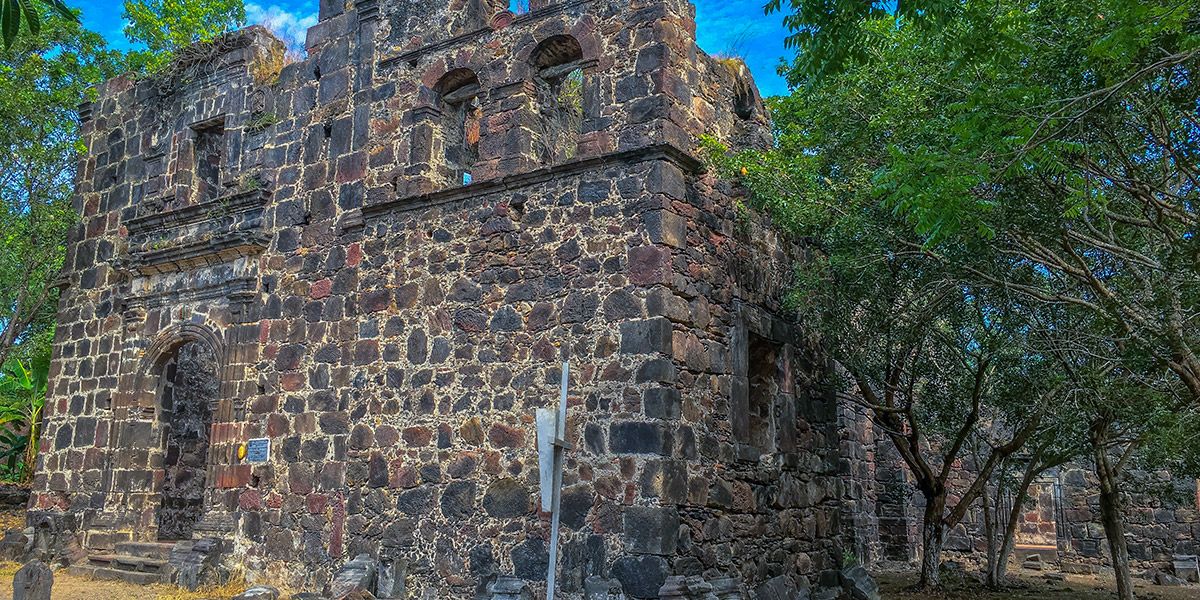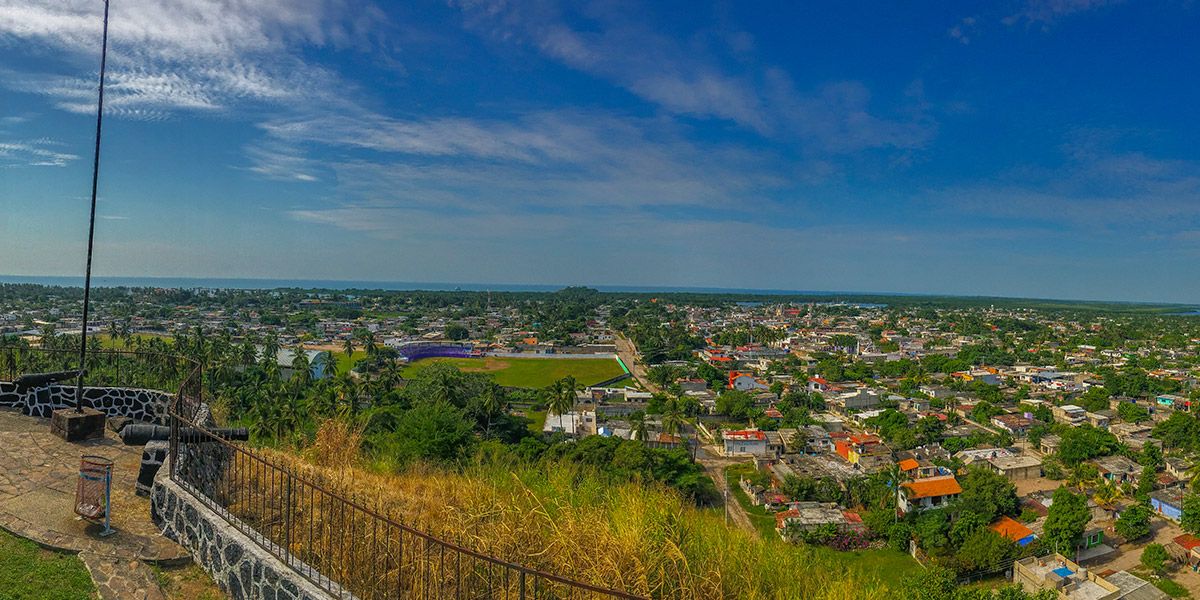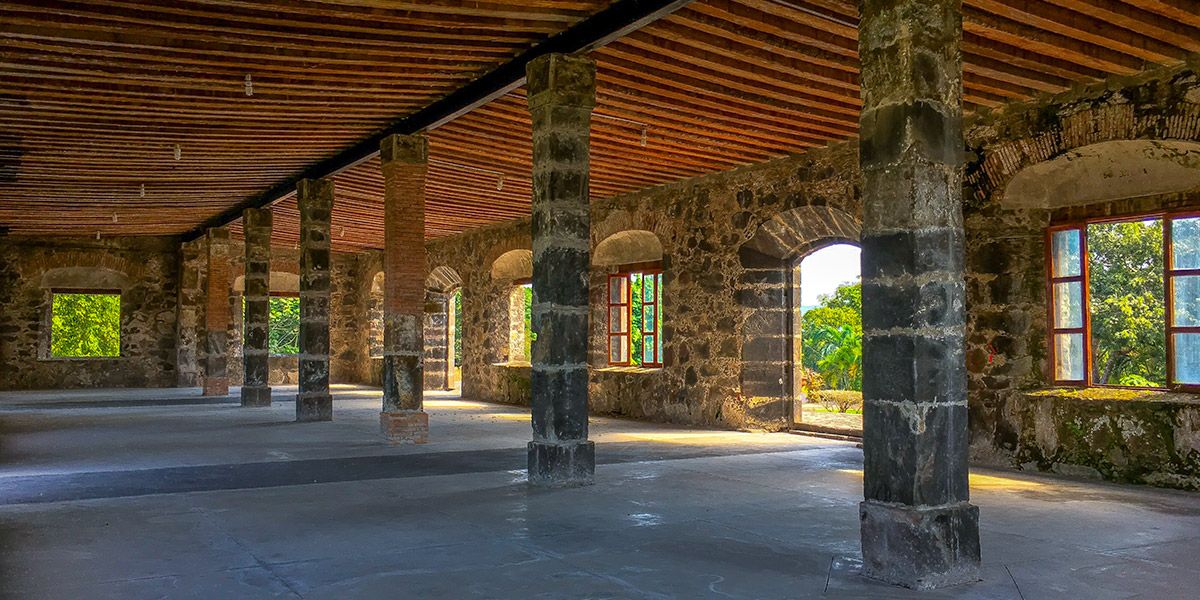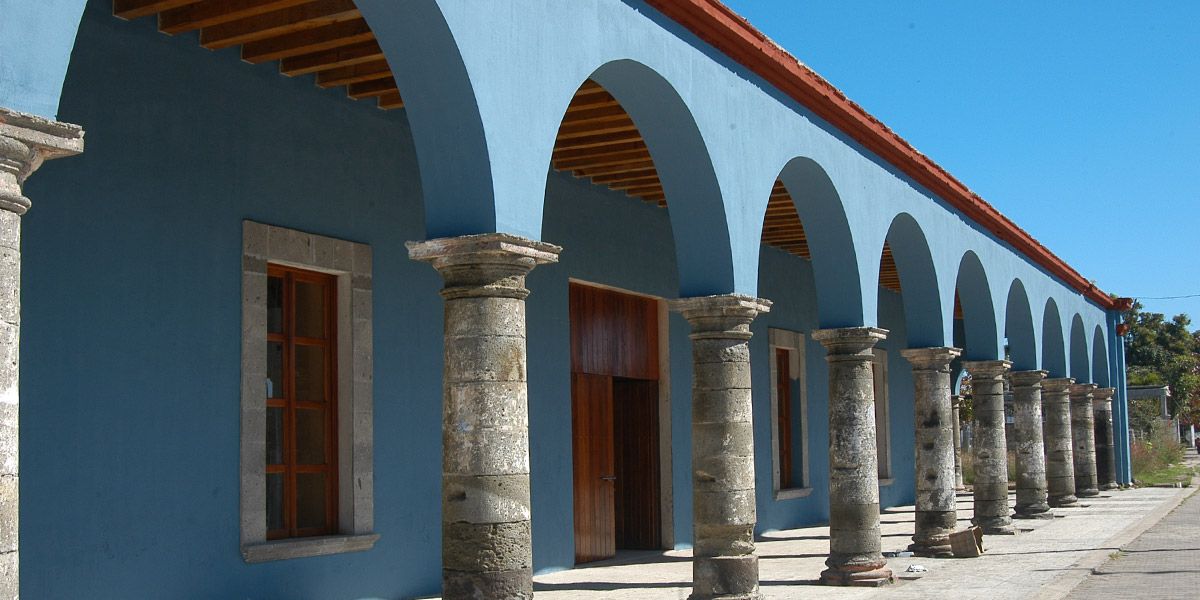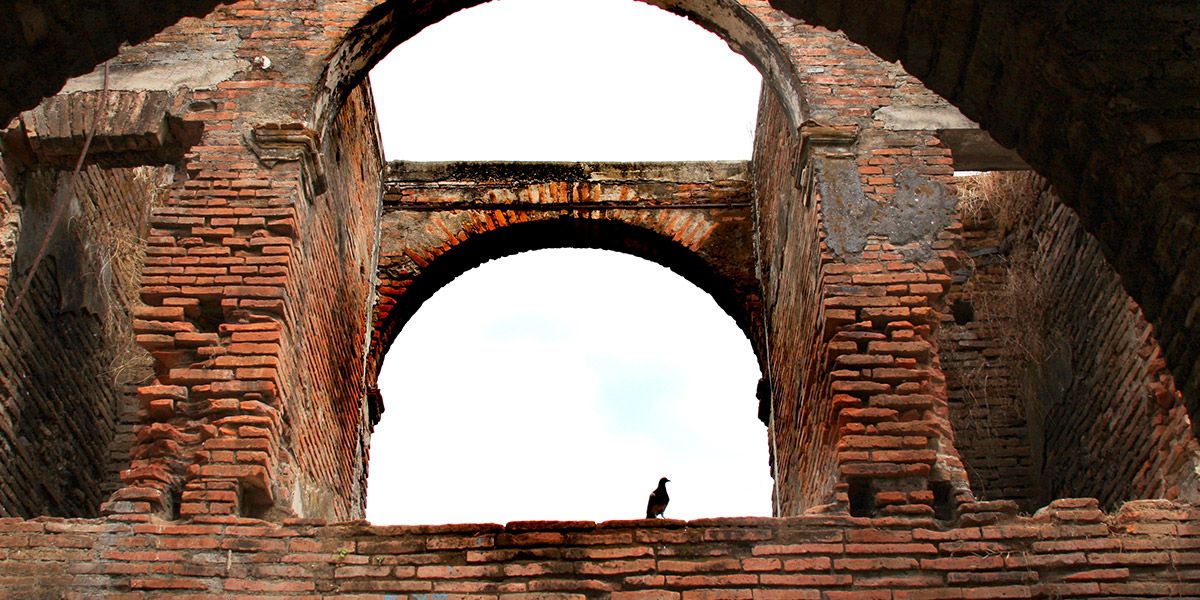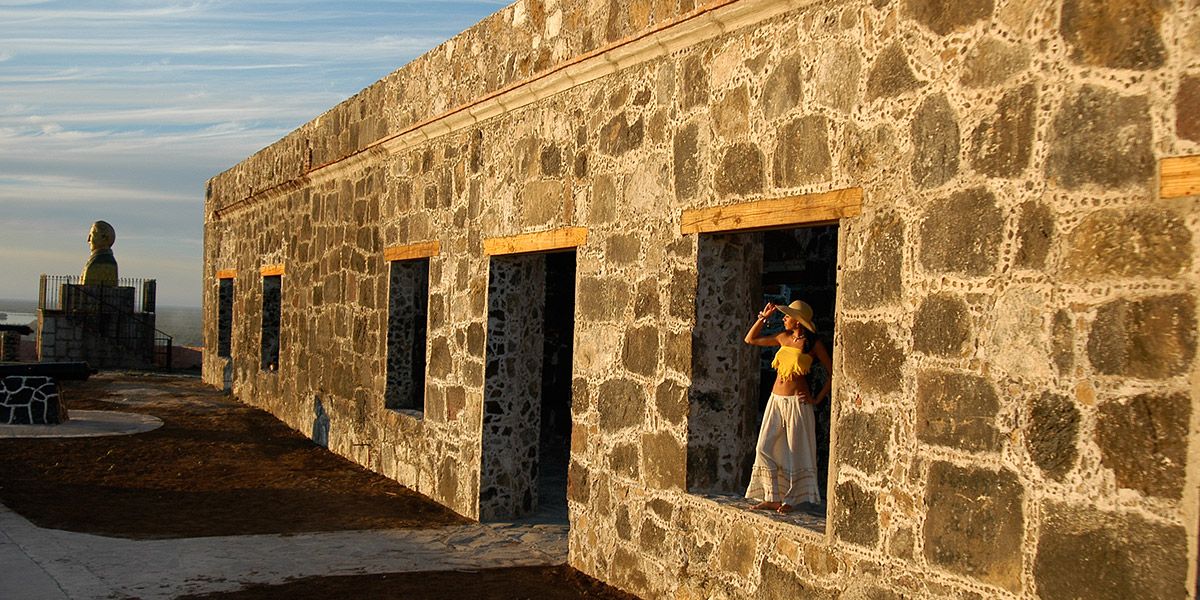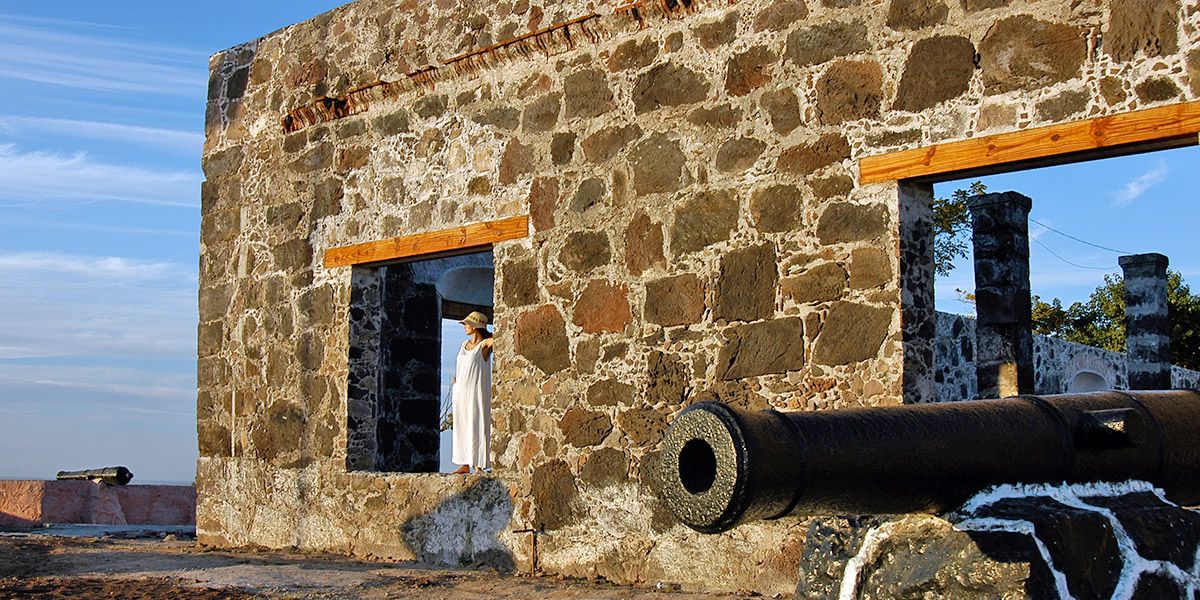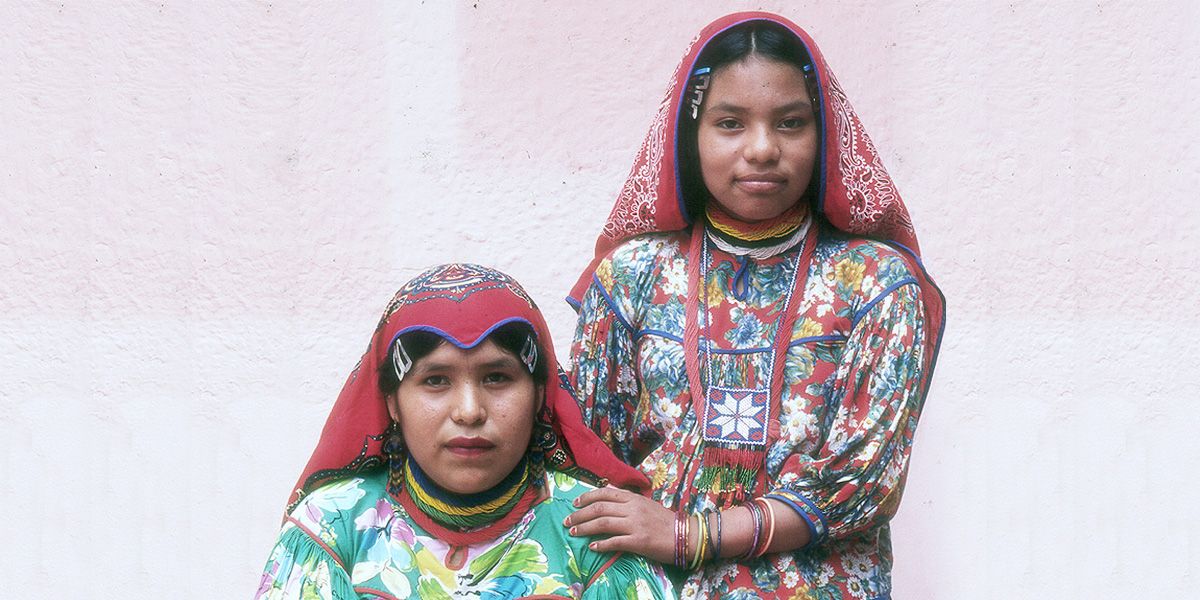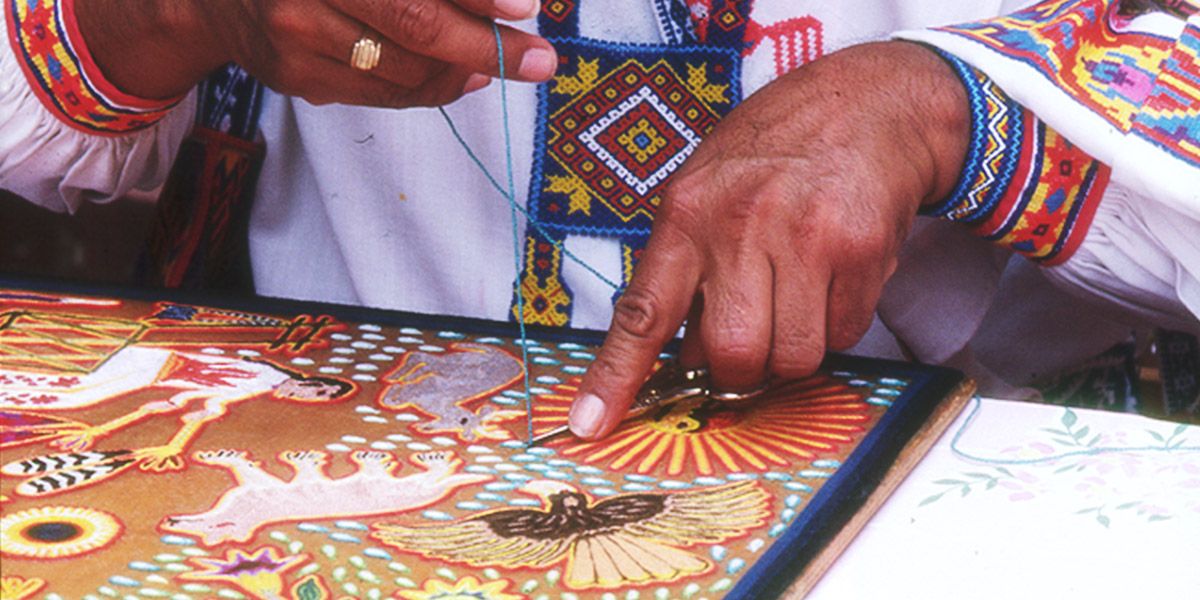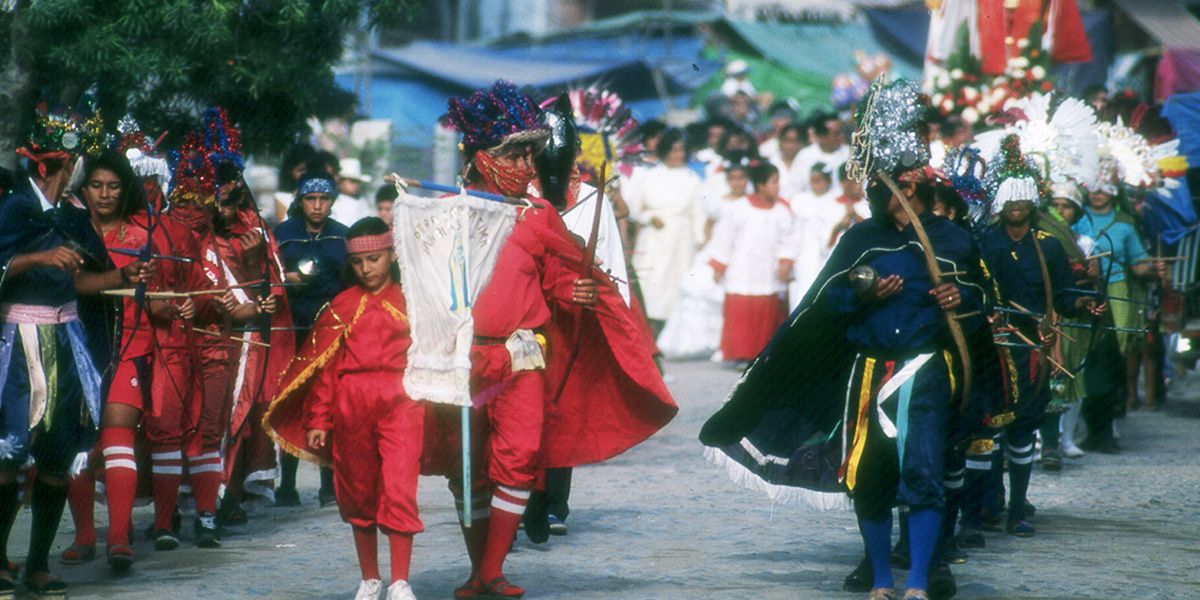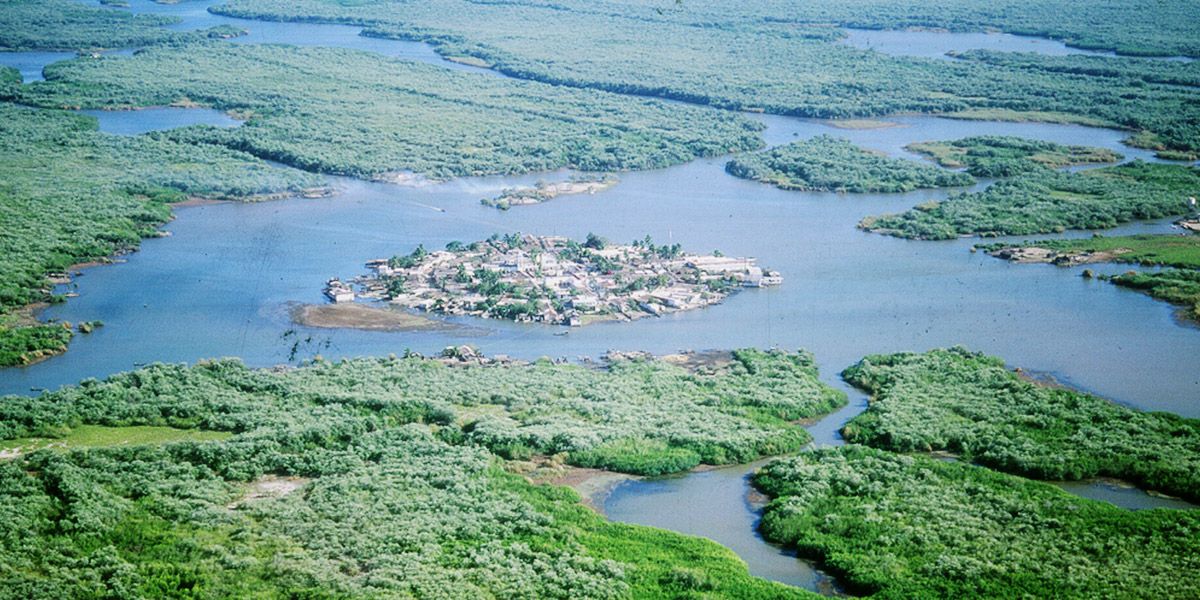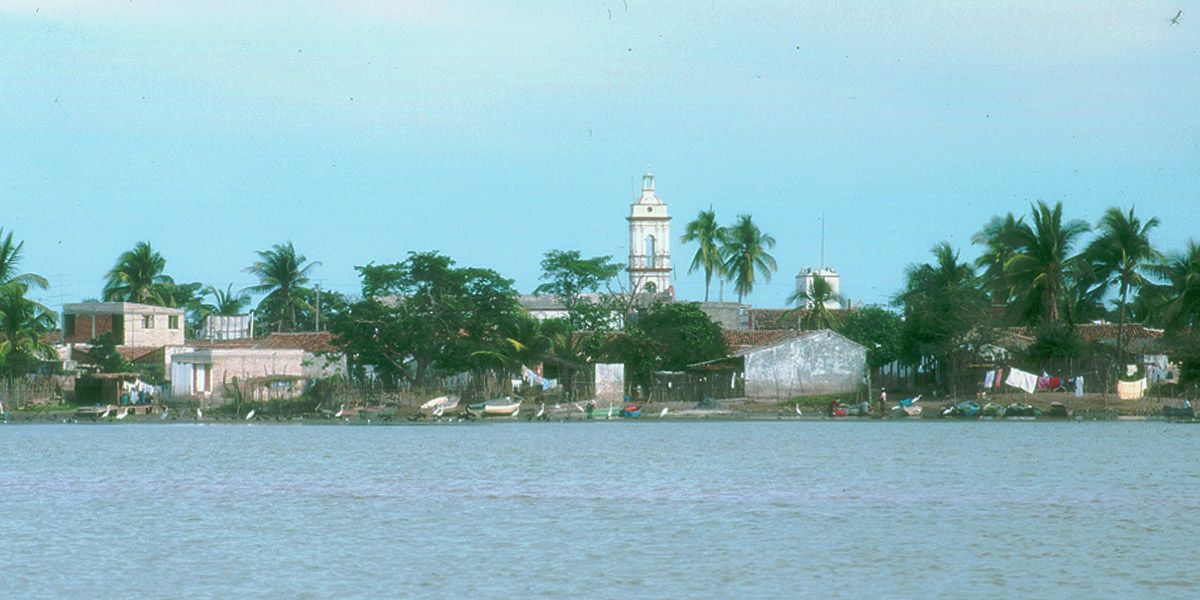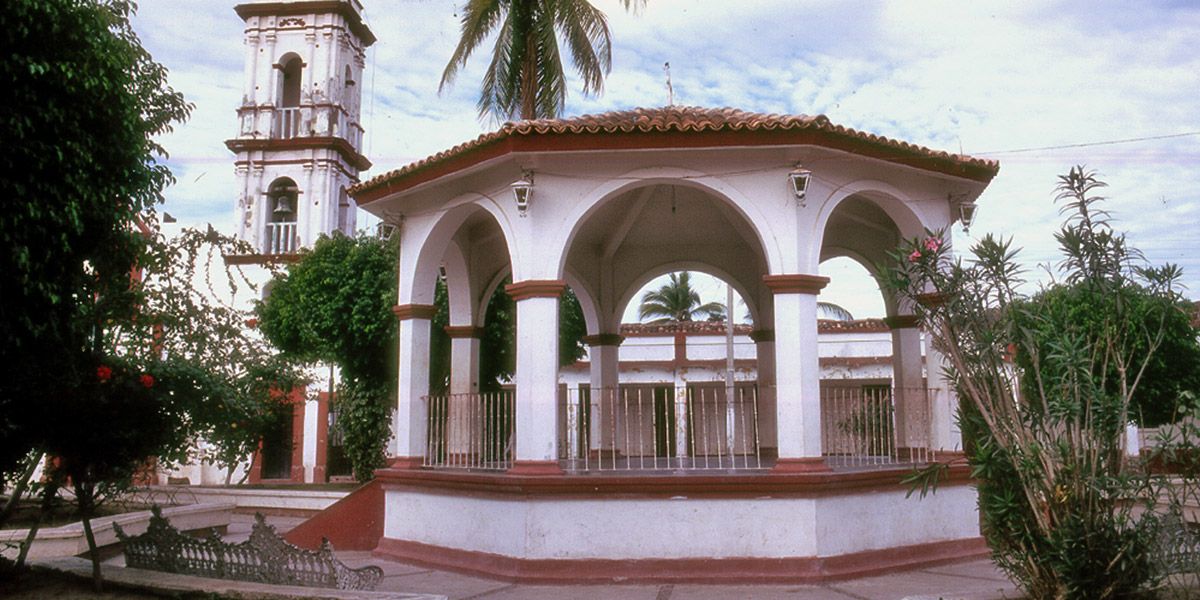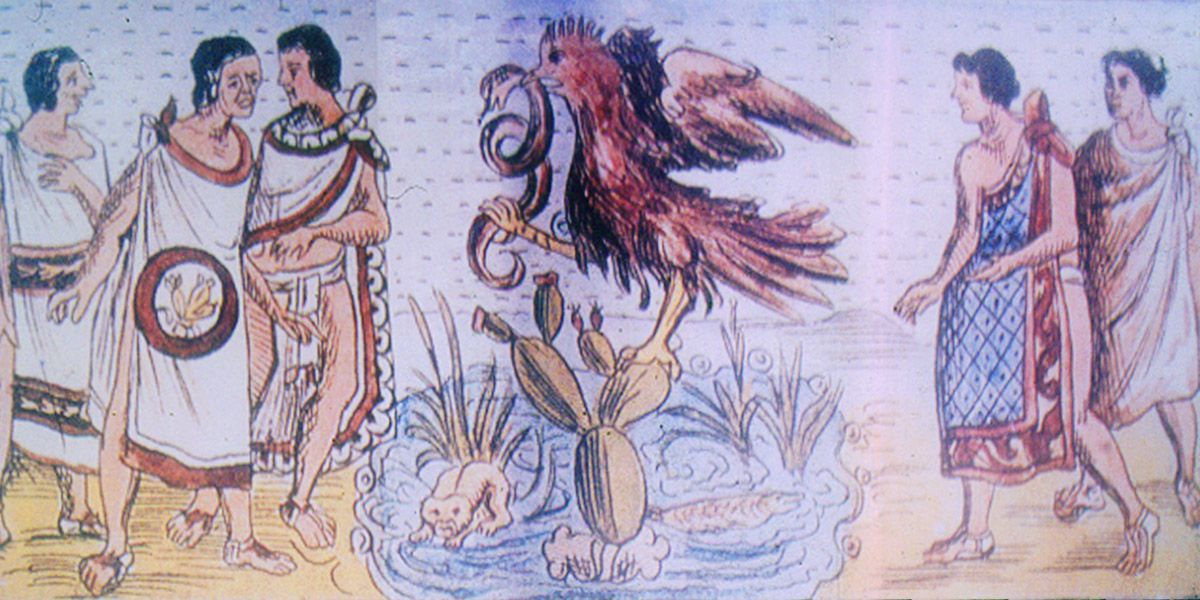WELCOME TO THE ANCIENT PORT OF SAN BLAS
YOU’LL LOVE IT!
On the Mexican Pacific coast in the state of Nayarit, with 40 km of gently sloping pristine beaches, between the mouths of streams and mountains that spill into the sea, you will reach the Port of San Blas, typical fishing village rooted in the charm of simplicity, with friendly and hospitable people.
Nestled in the heart of the wetlands, San Blas is known for being one of the most important spots in the Western Hemisphere for the observation of native and migratory birds, with over 500 different species, many of which are endemic.
Along the coast and mountains there are striking changes in climate and ecology, with a contrasting geography of bays, headlands, cliffs, and inland estuaries up to 20 kilometers long. From jungles to forests, amid birdsongs and flowers, there you will find La Tovara National Park and the Kiekari crocodile farm, and also discover the small towns which produce delicious tropical fruits such as mango, avocado, banana and coffee. All this combined with the freshest seafood make San Blas one of the best areas on the RIVIERA NAYARIT and in the whole of Mexico regarding regional cuisine specialties.
A visit to “Isla Isabel” National Park, watching humpback whales, swimming with whale sharks, surfing one of the longest waves in the world, marlin and dorado sport fishing, sailing, adventure between tidelands and mangroves at La Tovara and Crocodile Farm Kiekari, the blessing of the water in front of “the Huichol Sea Goddess” Tatei Aramara with her Christ faces, exploring this “California life Port” and its ancient history, discovering the mythical Mexcaltitán “cradle of Mexican culture”, rejoicing with locals in their celebrations and traditions, listening to the birdsong, enjoying family beaches and scrumptious gastronomy, releasing turtles in the turtle beach field Aayetsie Wakie Borrego – these are just some of the many life experiences that you will find in San Blas.
We await you.
CENTURIES OF HISTORY WRITTEN BY THE SEA
The origins of the port of San Blas are an evocation of grandeur covered by multiple events.
Although a 5,000 year old man’s footprints were found here, Matanchen Bay appears to have been named by Nuño Beltran de Guzman in 1532.
On February 22, 1768, during the reign of King Carlos III of Spain, the port of San Blas was established. It was not conceived as a walled town as it is defended by two natural pillboxes in addition to the natural wall formed by marshes and the barrier of the Sierra Madre Occidental mountains that run parallel to the coast and which limited communication with the interior. Of necessity, the ocean was established as the path for trade between the near and distant coastal settlements.
During Spanish Viceroyalty, San Blas was the most important naval port on the Pacific, a marine expansion of the Spanish Crown. A platform for scientific travel and exploration, it served as the Eastern gate for ships coming from the Philippines, a shipyard for the viceroy, as well as a communication and trading route for the regions of northwestern Mexico and North America.
The Jesuit and Franciscan missions in Alta California were promoted from the port of San Blas, and on March 12, 1768, twelve Franciscan missionaries – led by Fray Junipero Serra, who was declared a Saint in 2015 – departed from San Blas to begin the founding of the northern missions.
The colossal and glorious feats of Fray Junipero Serra, also named “Man of Destiny”, were actions full of humility and spiritual sacrifice to evangelize and install 16 missions and presidios in California USA. In 1968 the California Congress, under then-governor and future US President Ronald Reagan, decreed San Blas “California’s Life Port.”
San Blas was also the most important military base in the Pacific Ocean from 1768 to 1821.
During the War of Independence, the town of San Blas witnessed the final heroic act of Insurgente Jose Maria Mercado, a priest from Ahualulco, Jalisco. Mercado, who was stationed in San Blas, took the fort and forced it to surrender to the Criollo (Creole) population, supporting Miguel Hidalgo for the start of National Independence with arsenal and guns and dying in the fort of San Blas.
After independence, San Blas was restored as high traffic port.
During the republican government in 1825, the Coast Guard Battalion of San Blas was founded. On September 13, 1847, this heroic Battalion of San Blas was fighting in defense of Chapultepec Castle in Mexico during the United States invasion. By presidential decree the official flag of Chapultepec Castle is that of the Heroic Battalion of San Blas.
There were several causes for the decline of San Blas:
In 1796 the shipyard was canceled by orders of the King of Spain under his transfer to Cavite, today Luzon, Philippines; as the conquered territories of the Spaniards diminished and these territories gained independence, they terminated expeditions. In 1873, due to unproductive economy and political situations, the port of San Blas was closed by the Presidential decree of Sebastian Lerdo de Tejada.
PREHISPANIC CULTURES: INDIGENOUS ETHNIC GROUPS.
The four indigenous ethnic groups of Nayarit are the Huichol, Cora, Tepehuanos and Mexicaneros, for whom San Blas is a sacred place given the presence of the Piedra Blanca (White Rock), the sea goddess “Haramara,” and also because this coast has been established in mythological memory as the source of indigenous peoples from America.
Blessed with an adventurous spirit and great creativity, the Huichol (Wixáricas or children of the sun) are the most representative ethnic group and the one which has best preserved its traditions. Arising more than 2000 years ago in the mountains of the Sierra Madre Occidental, they are distinguished by their colorful, richly embroidered clothing, with both men and women adorning themselves with beadwork bracelets, rings and necklaces. Huichol people have a strong sense of identity and so acquire the moral commitment to visit five sacred places throughout their life, one of which is the “Tatei-Haramara” or the White Rock in the ocean off San Blas.
CRADLE OF MEXICAN IDENTITY: MEXCALTITAN
Aztlán, where herons abound, was the original homeland of Mexicans. The legendary Aztlán was the starting point of the pilgrimage of the seven Náhuatl tribes into the valley of Mexico where they settled and founded the Great City of Tenochtitlan, currently known as Mexico City.
There are several researchers who support geographically that Aztlán was located in the State of Nayarit, in what is now San Felipe Aztatán, and the shrine of the province was the scenic island of Mexcaltitán.
The cruise departing San Blas northwestward starts in Santiago Ixcuintla, one of the most dynamic agricultural towns in Nayarit, its main square surrounded by gallant buildings that were witness to the rise of tobacco in the nineteenth and twentieth centuries. Its name speaks of the Mestizo character of the inhabitants, since the name of Santiago comes from the holy apostle patron of New Galicia, while Ixcuintla is from the Aztec xoloitzcuintle dog which originated in these lands. After learning about the Temple of the Lord of the Ascension and visiting the mural of Our Roots and then City Hall, a visit to the Huichol Center on Revolución street toward Mexcaltitán is highly recommended.
Mexcaltitán is nestled in a vast lake area bathed by the Santiago and San Pedro rivers, and it is distinguished by picturesque tile houses and the tranquility of its narrow streets which during the rainy season are flooded and accessible only by boat, earning it the nickname of “Mexican Venice”.
Shrimp fishing is the main activity for the island’s inhabitants, who also make unique crafts based on mangle and palm leaf spheres called “barcinas” in which dried shrimps are preserved. Be sure to visit the “Origin” museum where archeological pieces of Mesoamerican cultures are exhibited. You can eat at either “La Alberca” or “Kika” restaurants, located on a small islet off Mexcaltitán, and also try typical mexcalteca prehispanic food: the taxtihuil (shrimp dish made with mole), “Cucaracha” shrimp (an original recipe of the island), shrimp pâté, shrimp omelets and tossed fish.

